With the world accelerating to grow digital, the tactics to thrive in the market changes are also increasing exponentially. Businesses have begun adopting frameworks and processes that best enable them to adapt to these advancements. There are several methodologies and frameworks to managing projects, with Waterfall and Scrum being two of the most well-known. Both Waterfall and Scrum have different team structures and workflow patterns. However, individuals sometimes need help understanding the differences between how both teams work. This blog will address your question, “What differs between a Traditional vs. Scrum Team? “We will also explore the basics of the frameworks and workflow patterns to understand the team roles better.
Waterfall Model Stages and Roles
Also known as traditional methodology, the waterfall is one of the earliest and oldest models of the software development life cycle. It takes a sequential approach to create software or applications. It consists of various stages one must go through during development. Each phase must be completed before the beginning of the next one, and developers can’t go back to earlier phases, just like water in a waterfall (water that falls cannot go up again).
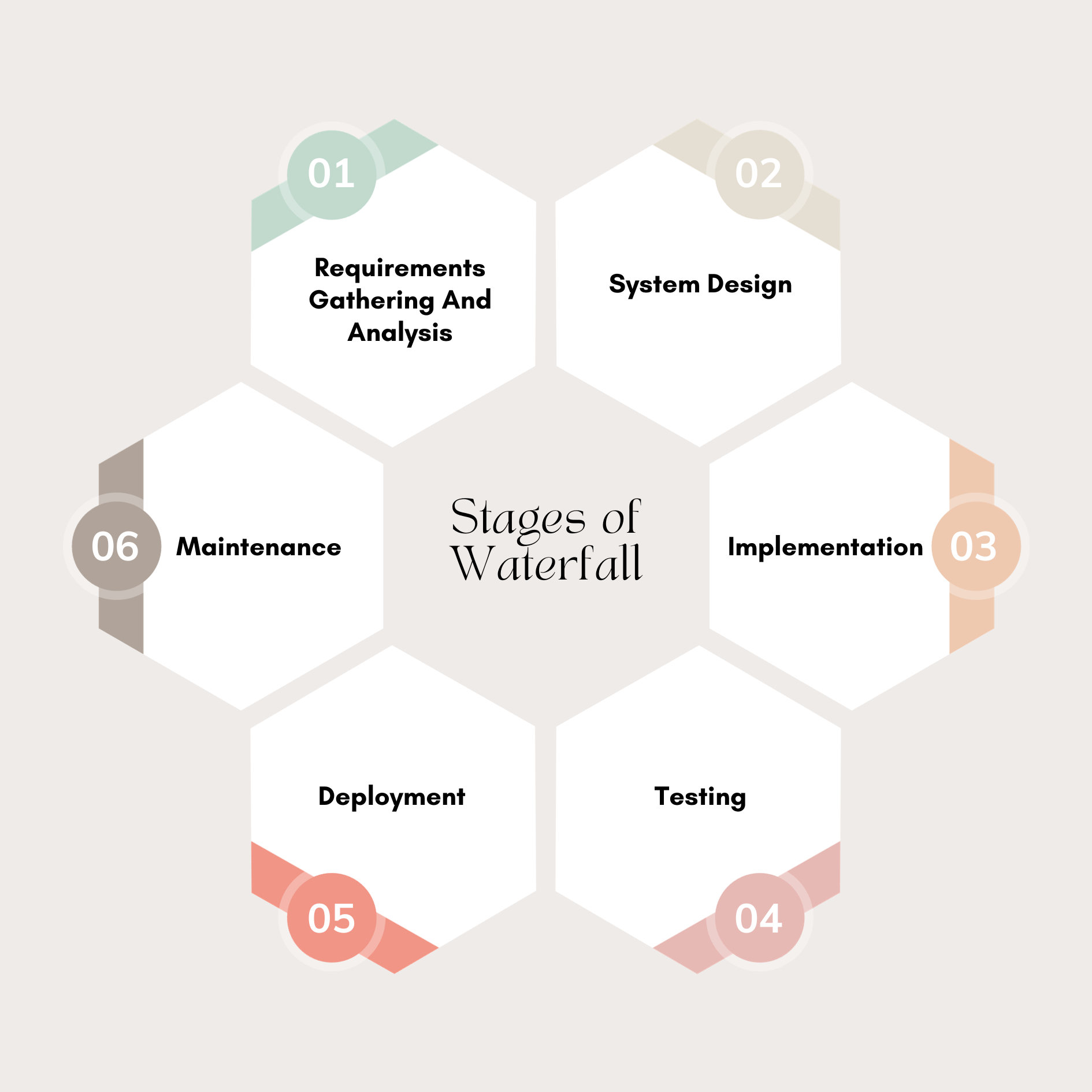
Stages of Waterfall; the basics
1. Requirements gathering and analysis: The technical and financial feasibility of building a software product is assessed as the first phase. The requirements are prioritized to meet the businesses’ and stakeholders’ needs. It involves identifying project risks, assumptions, quality requirements, costs, and timelines.
2. Design: The emphasis on “What to develop” in the initial stage shifts to “How to develop” in the design phase. It involves assigning, developing, and architecture. The design serves as a road map to finish the project, covering the timetable, budget, and goals.
3. Implementation: The project concept and design are implemented during this phase to create the intended product. Everything at this stage should be done extremely carefully and documented, including creating code, writing test scripts, etc.
4. Testing: Testing comprises verifying that the product meets all requirements. Before being made available to users, a piece of software is given to the software testers for testing. Once the product meets the various quality metrics, it is prepared for release. Otherwise, the product team has to go back and review the project from phase one.
5. Deployment: The fully tested software is released to users. This marks the final step in the linear development process, involving installation, configuration, and user training. It represents the transition from development to practical use.
6. Maintenance: Various upgrades may be necessary for a software product to continue working in the real world. This task is handled during maintenance by promptly modifying the software to meet the needs.
Waterfall Team Roles
Project Manager: Project managers are in charge of managing projects and controlling constraints, including scope, quality, cost, and time. They plan resources, manage risks, and create work schedules following those plans. To finish the project on time, they must ensure everyone is equipped with the required tools.
Business Analyst: A business analyst ensures all the requirements are considered and transformed into the system’s functional specification deliverables. A business analyst usually carries out the feasibility analysis of the software project. Once the project is approved, a project manager steps in to see it through.
Developers: Developers serve as the ones who bring an IT project to life. They write the code and need to be cautious not to make any mistakes because a single mistake might require the project to start over.
Testers: While the developers make the code, testers break the code. The last stage involves testing. Their task is to find errors and bugs in the software, which could lead to its return to the developers.
Other Roles: Different IT projects require different levels of support. Depending on the size of the project and organization, the requirements differ. Quality managers, system administrators, and technical architects will also likely be involved in some projects.
Scrum Workflow and Roles
Scrum is a project management framework that adheres to the agile philosophy. It allows teams to collaborate in an effective, structured manner. With Scrum, the development phases are divided into sprints, stages, or cycles. Not extensive, but just enough planning is required to start the project. Once it starts, the emphasis is on developing the project with the bare minimum of basic features before testing and reviewing it. By the end of the cycle, a shippable product is developed. This process takes around two to four weeks and is repetitive. It results in several distinct versions or incremental releases known as sprints.
Benefit? Significantly enhanced versions of the same product, each maintaining pace with external market progress.
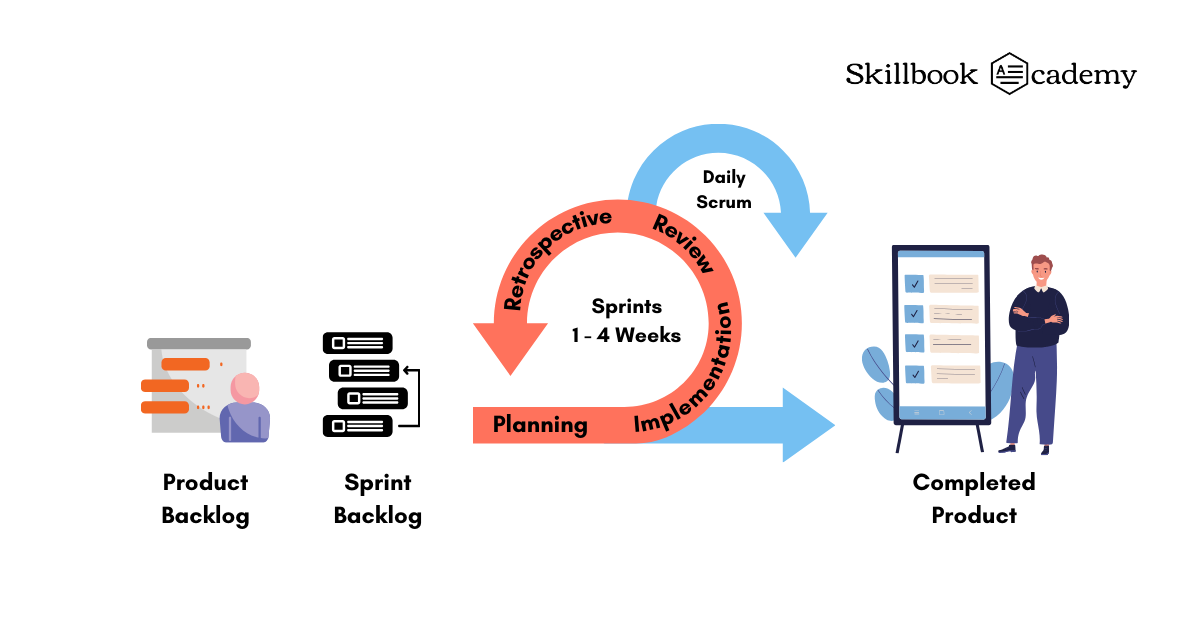
1. Initiation: Creating a project vision, outlining a roadmap with the primary objectives, targets, and deliverables, and creating a prioritized product backlog comprising all the requirements are all a part of this phase. This phase includes identifying stakeholders and designating the role of the Scrum Master or other team members accountable for carrying out the plan are all included in this phase.
2. Planning and estimation: In Scrum, the next step is Sprint Planning and Estimation. During this phase, the Scrum development team engages in the Sprint planning process and creates a plan to achieve the Sprint goal. They also estimate the time and resources required for the project. In this phase, a Sprint backlog is created, serving as a prioritized list of tasks necessary to achieve the sprint goal and deliver the potentially shippable product increment. This step is crucial because it establishes a clear understanding within the Scrum team about their tasks and the expected timeline.
3.Implementation: The implementation phase aims to execute activities to complete the project deliverables to accomplish the sprint backlog. They produce various deliverables, hold Daily Stand-up Meetings, and periodically review, adjust, and update the Product Backlog. Throughout this phase, the backlog is kept updated by deleting items and allocating new items as necessary.
4. Reviewing: Reviewing and retrospective are crucial phases to evaluate project outcomes and identify areas for improvement. Feedback from clients and team members is essential to refine and chart a path ahead. The phase is an integral part of the agile Scrum process and should follow every sprint. During the sprint review, the accomplishments from the last sprint are measured against the product backlog. The sprint retrospective is where team members reflect, share perspectives, and collaborate on process optimization with Scrum Master’s guidance.
Note* Scrum is an iterative process, so after each sprint is evaluated, the planning and estimation phase begins again for a new sprint. This cycle can repeat multiple times until the final solution is reached.
5. Releasing: The final phase, known as the release phase, involves delivering the final products to the stakeholders and releasing them on the market or providing a product to a client with developed technology. This phase also includes documenting and internalizing the lessons learned during the project.
The Scrum Team Roles
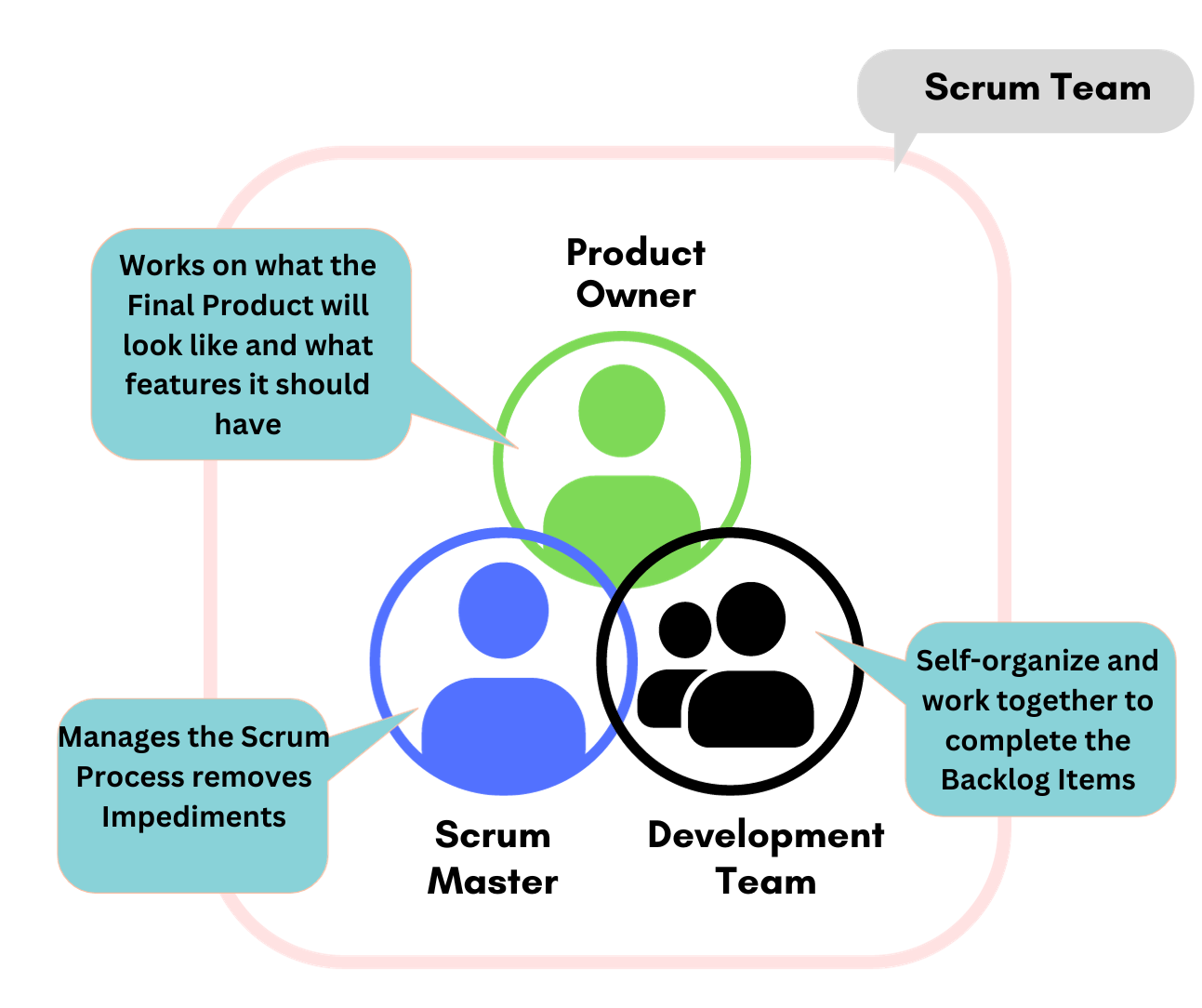
Product Owner: The product owner determines the “What” of a product. The product owner works on what the final product will look like and what features it should have. One of the essential duties is to interact with the stakeholder and customers, incorporate their needs into the product, and prioritize the work based on all of the information and customer goals. They must clearly define and maintain the product backlog, ensuring everyone knows the priority. They evaluate the work and provide feedback and suggestions for improving processes.
Scrum master: The Scrum master is a Servant Leader. They help the product team understand and apply Scrum to self-organize, focus on goals, and create product value. They help the product owner define the value to maximize ROI (return on investment). Daily stand-up meetings, sprint planning sessions, sprint reviews, and other activities are facilitated by the Scrum Master to keep the team on schedule and organized. The scrum master uses the data from these meetings to assist the product owner in maintaining and improving the backlog. They eliminate any distractions or obstacles that could impede the team’s progress.
Development team: They take a very “we”-focused approach to their projects. A development team consists of the individuals who plan, create, test and deliver the product increment. They work together to achieve necessary and promised objectives. Scrum teams self-organize and work together to complete the backlog items prioritizing quality within the sprint’s time. They participate in the scrum event and communicate frequently with the product owner and scrum master.
Traditional vs. Scrum Team
Teams working on a waterfall have a rigid structure and many roles, including managers, analysts, testers, and developers. Each team member is in charge of a specific phase of the project. Managers and other team members are arranged in a hierarchy in a traditional setting. While the team members are responsible for finishing the allocated tasks, the manager manages team members’ work efficiency. Agile teams are typically small. They are self-organizing and cross-functional teams. It consists of developers, testers, designers, and other roles. Members of cross-functional teams are experts in a particular domain with knowledge across numerous functional areas.
With this cross-functional collaboration, they generate a potentially shippable product increment at the end of every sprint and address various challenges. There are no designated leaders, and the self-organized team collectively decides the plan to manage the work according to the sprint backlog and sprint goal. They closely collaborate with the product owner to determine the features to be included. The matter of concern in a scrum work environment is not who accomplished which part of the task but about succeeding as one team.
Do the product owner and project manager perform the same responsibilities? Let’s understand.
A project manager in a waterfall project oversees the planning, execution, and control of the project. In addition to managing risks, difficulties, and modifications, they are responsible for determining the project’s scope, timeline, budget, and quality. The project manager communicates status updates and acts as the main point of contact for the team, client, and sponsors. The product owner is the individual who speaks for the business and the client. They outline the product vision, set the backlog’s priorities, and communicate with the team. In addition, the product owner works closely with the scrum master and the stakeholders to provide the team with feedback and direction.
Now let’s use a comparative lens to view Business Analyst and Scrum Master roles. The role of a business analyst in the initiation process is to communicate with stakeholders to ensure that the final product satisfies all stakeholders’ high-priority demands and expectations. They gather, analyze, and document the requirements for the project. The business analyst in a waterfall project also assists in the testing and deployment phases by validating and confirming the product’s functionality and quality. Scrum master, on the other hand, facilitates the agile process for continuous improvement and ensures the team adheres to the scrum framework. They coach the team, encourage self-organization and remove impediments. The scrum master is also responsible for preparing and facilitating scrum ceremonies, including sprint planning, daily stand-ups, sprint reviews, and sprint retrospectives.
Conclusion
Choosing a framework without understanding the project outcomes might not strike you as a wise business choice. To decide which approaches and team responsibilities are most compatible with your project, you should objectively evaluate the strengths and limitations of each because one size does not fit all.
Waterfall may be suitable for projects with clearly defined needs and less chance of change. Projects that require teams to complete each phase’s deliverables before moving on to the next can be successful with the waterfall method.
On the other hand, Scrum is better suited for teams who intend to experiment with market changes and move quickly. Scrum calls for a cooperative and self-driven squad and regular updates on the status of stakeholders and business owners.
The key is not to follow what the mass follows but what your project demands you to follow.


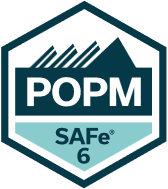
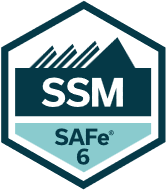
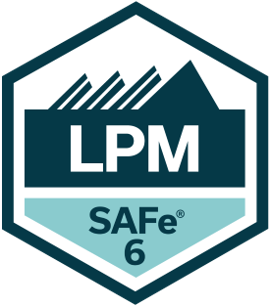

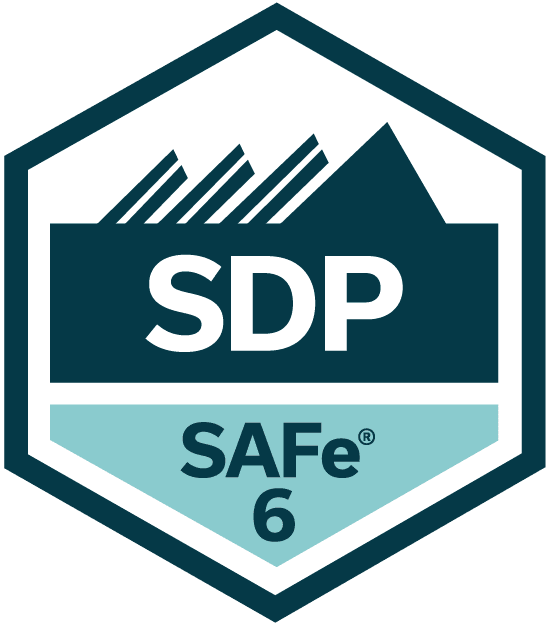
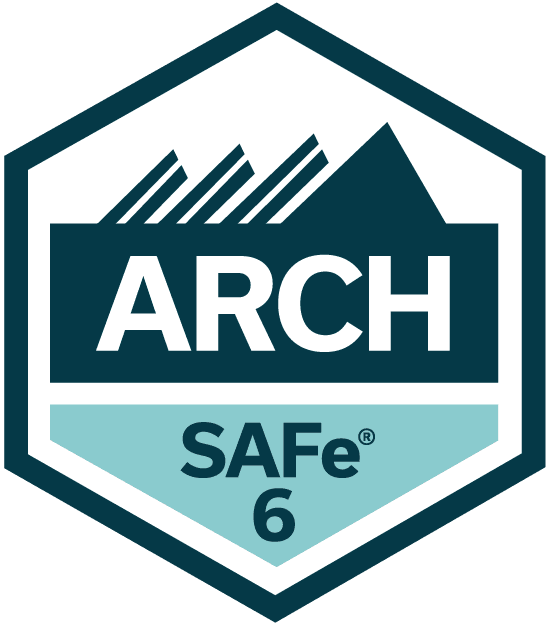
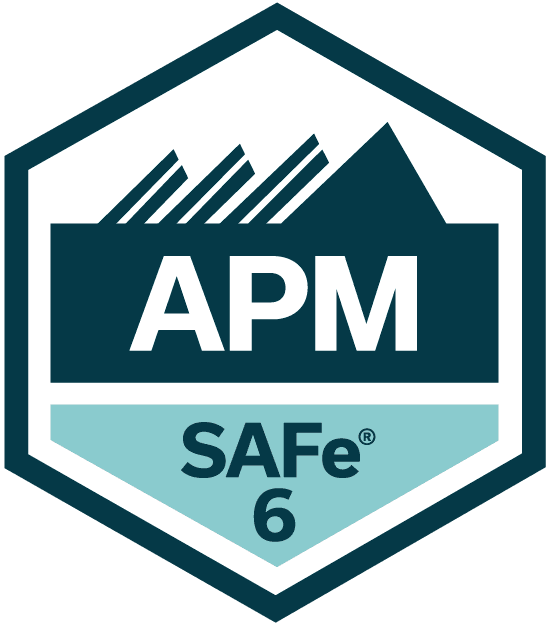
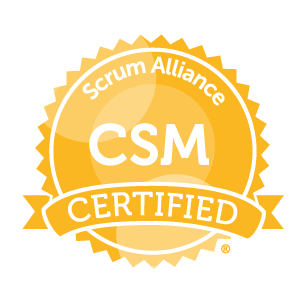
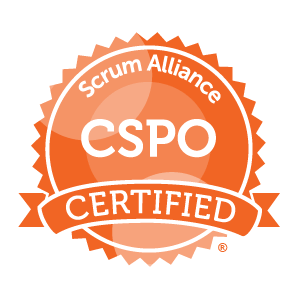
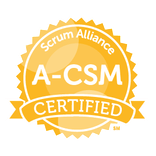

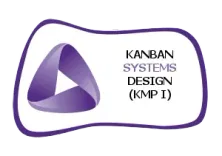
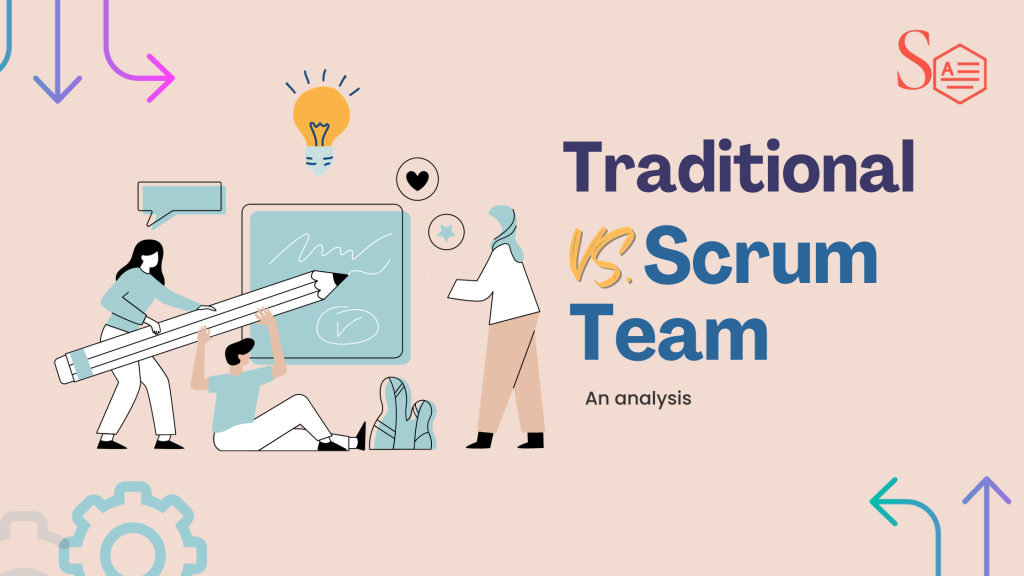










One Response